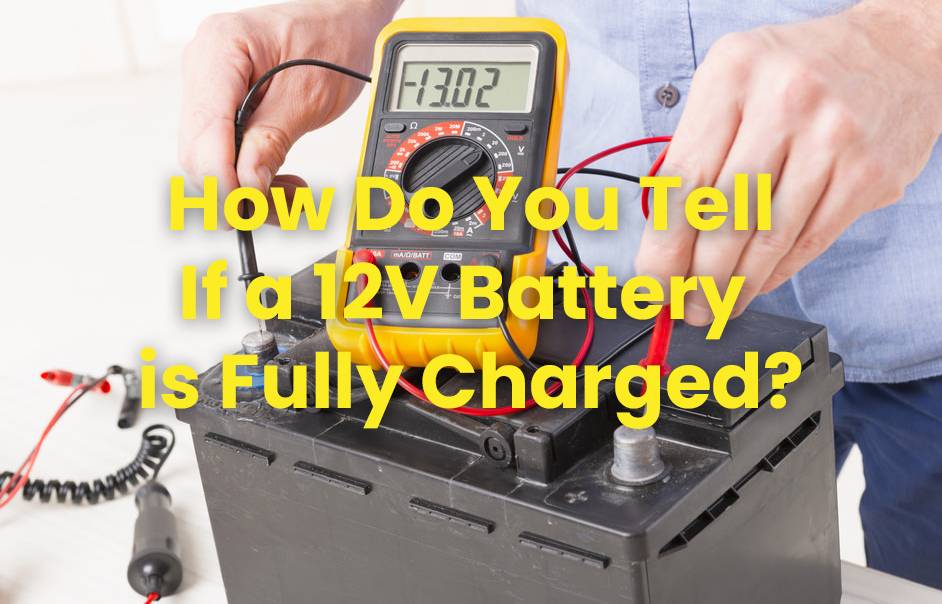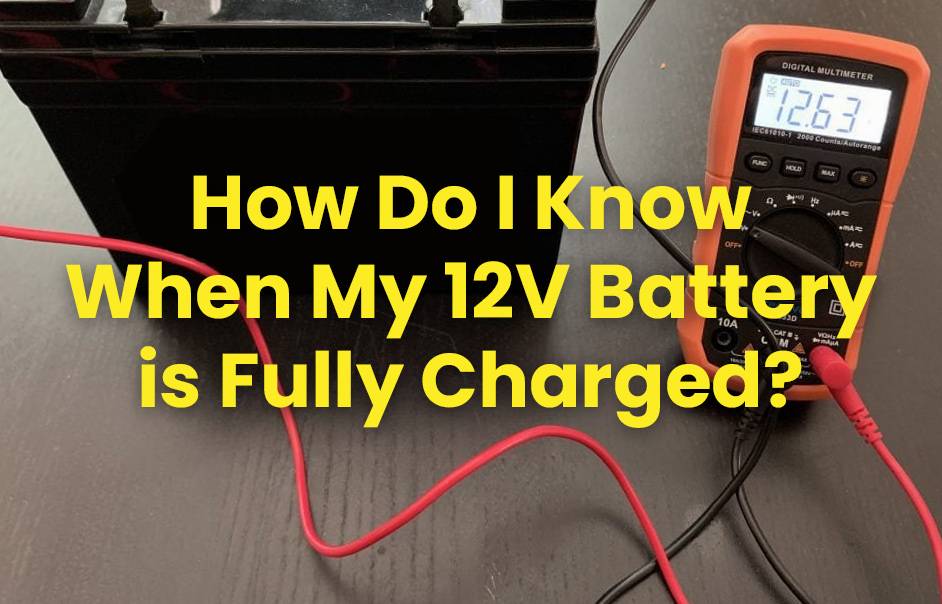- Forklift Lithium Battery
-
48V
- 48V 210Ah
- 48V 300Ah
- 48V 420Ah (949 x 349 x 569 mm)
- 48V 420Ah (950 x 421 x 450 mm)
- 48V 456Ah
- 48V 460Ah (830 x 630 x 590 mm)
- 48V 460Ah (950 x 421 x 450 mm)
- 48V 460Ah (800 x 630 x 600 mm)
- 48V 460Ah (820 x 660 x 470 mm)
- 48V 500Ah
- 48V 560Ah (810 x 630 x 600 mm)
- 48V 560Ah (950 x 592 x 450 mm)
- 48V 600Ah
- 48V 630Ah
-
48V
- Lithium Golf Cart Battery
- 12V Lithium Battery
12V 150Ah Lithium RV Battery
Bluetooth App | BCI Group 31
LiFePO4 Lithium
Discharge Temperature -20°C ~ 65°C
Fast Charger 14.6V 50A
Solar MPPT Charging - 24V Lithium Battery
- 36V Lithium Battery
- 48V Lithium Battery
-
48V LiFePO4 Battery
- 48V 50Ah
- 48V 50Ah (for Golf Carts)
- 48V 60Ah (8D)
- 48V 100Ah (8D)
- 48V 100Ah
- 48V 100Ah (Discharge 100A for Golf Carts)
- 48V 100Ah (Discharge 150A for Golf Carts)
- 48V 100Ah (Discharge 200A for Golf Carts)
- 48V 150Ah (for Golf Carts)
- 48V 160Ah (Discharge 100A for Golf Carts)
- 48V 160Ah (Discharge 160A for Golf Carts)
-
48V LiFePO4 Battery
- 60V Lithium Battery
-
60V LiFePO4 Battery
- 60V 20Ah
- 60V 30Ah
- 60V 50Ah
- 60V 50Ah (Small Size / Side Terminal)
- 60V 100Ah (for Electric Motocycle, Electric Scooter, LSV, AGV)
- 60V 100Ah (for Forklift, AGV, Electric Scooter, Sweeper)
- 60V 150Ah (E-Motocycle / E-Scooter / E-Tricycle / Tour LSV)
- 60V 200Ah (for Forklift, AGV, Electric Scooter, Sweeper)
-
60V LiFePO4 Battery
- 72V~96V Lithium Battery
- Rack-mounted Lithium Battery
- E-Bike Battery
- All-in-One Home-ESS
- Wall-mount Battery ESS
-
Home-ESS Lithium Battery PowerWall
- 24V 100Ah 2.4kWh PW24100-S PowerWall
- 48V 50Ah 2.4kWh PW4850-S PowerWall
- 48V 50Ah 2.56kWh PW5150-S PowerWall
- 48V 100Ah 5.12kWh PW51100-F PowerWall (IP65)
- 48V 100Ah 5.12kWh PW51100-S PowerWall
- 48V 100Ah 5.12kWh PW51100-H PowerWall
- 48V 200Ah 10kWh PW51200-H PowerWall
- 48V 300Ah 15kWh PW51300-H PowerWall
PowerWall 51.2V 100Ah LiFePO4 Lithium Battery
Highly popular in Asia and Eastern Europe.
CE Certification | Home-ESS -
Home-ESS Lithium Battery PowerWall
- Portable Power Stations
What Is the Maximum Voltage for a Fully Charged 12V Deep Cycle Battery?

Understanding the maximum voltage for a fully charged 12V deep cycle battery is critical for ensuring optimal performance and longevity. Typically, a fully charged 12V deep cycle battery should reach between 13.8 to 14.6 volts. This range ensures that the battery is adequately charged without risking damage from overcharging.
What is the maximum charging voltage for a 12V deep cycle battery?
The maximum charging voltage for a fully charged 12V deep cycle battery generally lies between 13.8 volts and 14.6 volts. This range varies slightly depending on the type of battery (e.g., AGM, gel, or flooded lead-acid). For instance, AGM batteries typically require a maximum charge voltage of about 14.4 volts, while flooded lead-acid batteries may reach up to 14.7 volts during charging.Chart: Maximum Charging Voltages by Battery Type
| Battery Type | Maximum Charging Voltage |
|---|---|
| AGM | 14.4 V |
| Gel | 14.2 V |
| Flooded Lead-Acid | 14.7 V |
How does temperature affect charging voltage?
Temperature significantly impacts the performance and charging characteristics of deep cycle batteries. As temperatures rise, the internal resistance decreases, which can lead to higher voltages during charging. Conversely, lower temperatures can increase resistance and result in lower voltages being achieved during charging.For example:
- High Temperatures: At elevated temperatures, batteries may require lower charge voltages to prevent overheating and potential damage.
- Low Temperatures: Cold conditions may necessitate higher voltages to achieve adequate charging rates.
Chart: Temperature Effects on Charging Voltage
| Temperature Range | Recommended Charging Voltage |
|---|---|
| Below 0°C (32°F) | Increase to ~14.6 V |
| 0°C to 25°C (32°F – 77°F) | Standard ~14.4 V |
| Above 25°C (77°F) | Decrease to ~14.2 V |
What are the implications of overcharging a 12V battery?
Overcharging a 12V deep cycle battery can lead to several detrimental effects:
- Heat Generation: Excessive heat can damage internal components and lead to thermal runaway.
- Electrolyte Loss: In flooded batteries, overcharging causes water to evaporate, reducing electrolyte levels and leading to sulfation.
- Reduced Lifespan: Continuous overcharging shortens overall battery life due to increased wear and tear on internal materials.
To avoid these issues, it’s essential to use a quality charger with an automatic shut-off feature or one that incorporates smart technology to monitor and adjust charging based on real-time conditions.Chart: Effects of Overcharging
| Effect | Description |
|---|---|
| Heat Generation | Can lead to thermal runaway |
| Electrolyte Loss | Reduces capacity and lifespan |
| Reduced Lifespan | Accelerated wear on internal components |
How can you monitor the voltage of a deep cycle battery?
Monitoring the voltage of your 12V deep cycle battery is crucial for maintaining its health:
- Use a Multimeter: Regularly check the voltage using a digital multimeter; this provides accurate readings.
- Battery Monitor Systems: Consider installing a dedicated battery monitor that tracks voltage, current, and state of charge in real-time.
- Regular Maintenance Checks: Periodically inspect connections and terminals for corrosion or loose fittings that could impact performance.
By keeping an eye on your battery’s voltage, you can ensure it remains within safe operating limits.
Chart: Monitoring Methods
| Method | Description |
|---|---|
| Multimeter | Provides accurate voltage readings |
| Battery Monitor | Tracks performance in real-time |
| Maintenance Checks | Ensures connections are secure |
What is the typical voltage range for a fully charged 12V battery?
A fully charged 12V deep cycle battery should ideally read between 12.6 volts (at rest) and up to 14.6 volts (during charging) depending on its type and condition:
- At rest (not under load), a healthy fully charged battery should read around 12.6 – 12.8 volts.
- During charging, it should reach between 13.8 – 14.6 volts, confirming that it’s receiving sufficient charge.
Understanding this range helps users determine whether their batteries are operating correctly or require attention.
Chart: Voltage Range at Different States
| State | Voltage Range |
|---|---|
| Fully Charged (Rest) | 12.6 – 12.8 V |
| Charging | 13.8 – 14.6 V |
Redway Power Insights
“Maintaining awareness of your deep cycle battery’s maximum charging voltage is essential for optimizing performance and lifespan. Regular monitoring and adherence to recommended practices will help prevent damage and ensure your energy storage system operates efficiently.”
Industrial News
As electric vehicles and renewable energy systems gain popularity, understanding battery management has become increasingly important. Recent advancements in smart charging technologies are helping users better manage their batteries’ health by providing real-time data on charge status and environmental conditions, thus preventing issues related to overcharging or improper maintenance.
FAQ Section
Q: What is the maximum charging voltage for a fully charged 12V deep cycle battery?
A: The maximum charging voltage typically ranges from 13.8 volts to 14.6 volts, depending on the type of battery.Q: How does temperature affect my battery’s performance?
A: High temperatures may require lower charge voltages, while low temperatures may necessitate higher voltages for proper charging.Q: What happens if I overcharge my deep cycle battery?
A: Overcharging can generate excess heat, cause electrolyte loss, and significantly reduce the lifespan of your battery.Q: How can I monitor my deep cycle battery’s voltage?
A: You can use a multimeter or install a dedicated battery monitoring system for real-time tracking of your battery’s performance.

What classifies as a deep discharge for a battery?
A deep discharge refers to discharging a battery to a significantly low state of charge, typically below 20% of its capacity. This level of discharge can stress the battery and reduce its lifespan if done frequently.
How long will a deep cycle battery last in terms of cycles?
A deep cycle battery typically lasts between 500 to 2,000 charge-discharge cycles, depending on the battery type, quality, and usage conditions. Lithium batteries often offer more cycles compared to lead-acid batteries.
What are the types of deep cycle batteries?
Common types of deep cycle batteries include flooded lead-acid, AGM (Absorbent Glass Mat), GEL, and lithium-ion. Each type has specific applications and benefits, such as longer lifespan or maintenance-free operation.
What is the relationship between depth of discharge (DoD) and state of charge (SoC)?
Depth of Discharge (DoD) is the percentage of the battery’s capacity that has been used, while State of Charge (SoC) is the remaining capacity. DoD + SoC = 100%. For example, a 50% DoD means the battery is at 50% SoC.
What does depth of discharge (DoD) mean?
Depth of Discharge (DoD) measures how much of a battery’s capacity has been used. For instance, a 50% DoD means that half of the battery’s capacity has been discharged.
How does the cyclic performance of lead acid batteries compare to lithium deep cycle batteries?
Lithium deep cycle batteries generally offer superior cyclic performance compared to lead-acid batteries, with more cycles (up to 2,000) and a deeper discharge capability without significant capacity loss.
How do high-rate batteries differ from deep cycle batteries in terms of usage?
High-rate batteries are designed for short, high-current bursts (e.g., starting engines), whereas deep cycle batteries are designed for prolonged, steady discharges over a longer period, such as powering RVs or solar systems.
How do lithium deep cycle batteries differ from SLA deep cycle batteries?
Lithium deep cycle batteries are lighter, offer longer lifespan (more cycles), and have higher efficiency compared to Sealed Lead Acid (SLA) deep cycle batteries. SLA batteries are more robust but heavier and have a shorter cycle life.
What is a cycle in terms of battery discharge and recharge?
A cycle refers to one complete discharge and recharge of a battery. For example, using 50% of a battery’s capacity and then recharging it counts as one half-cycle.
How should you charge a lithium deep cycle battery?
Charge a lithium deep cycle battery using a charger specifically designed for lithium batteries, which provides a proper charge profile and avoids overcharging. Follow the manufacturer’s guidelines for voltage and current settings.















